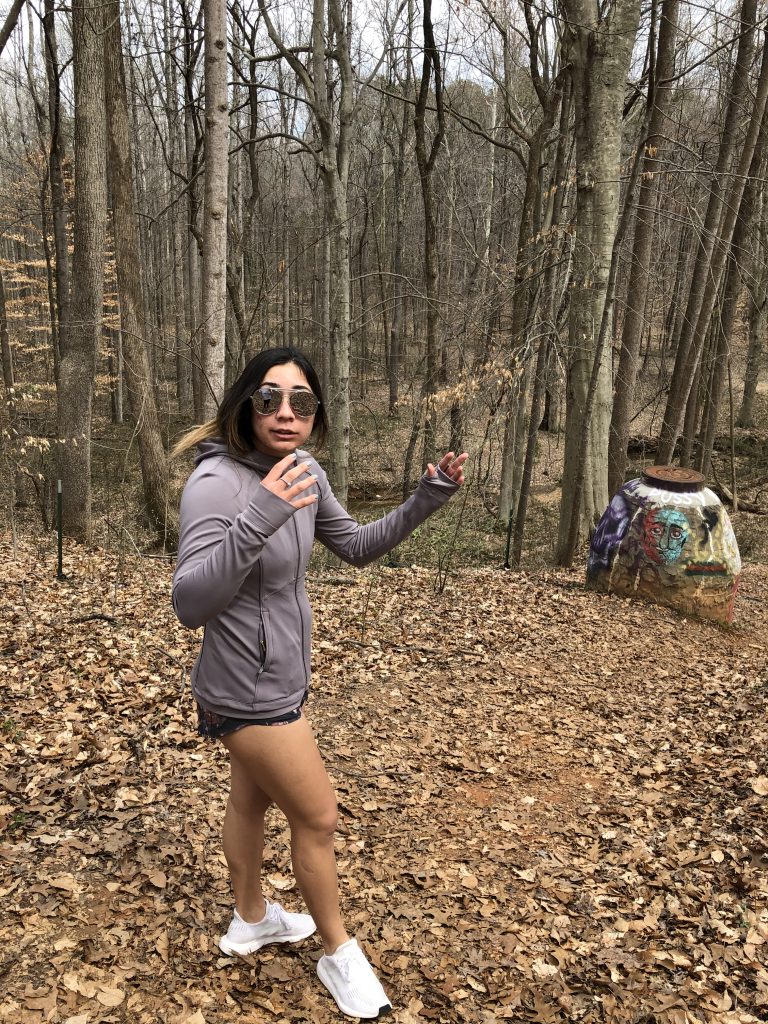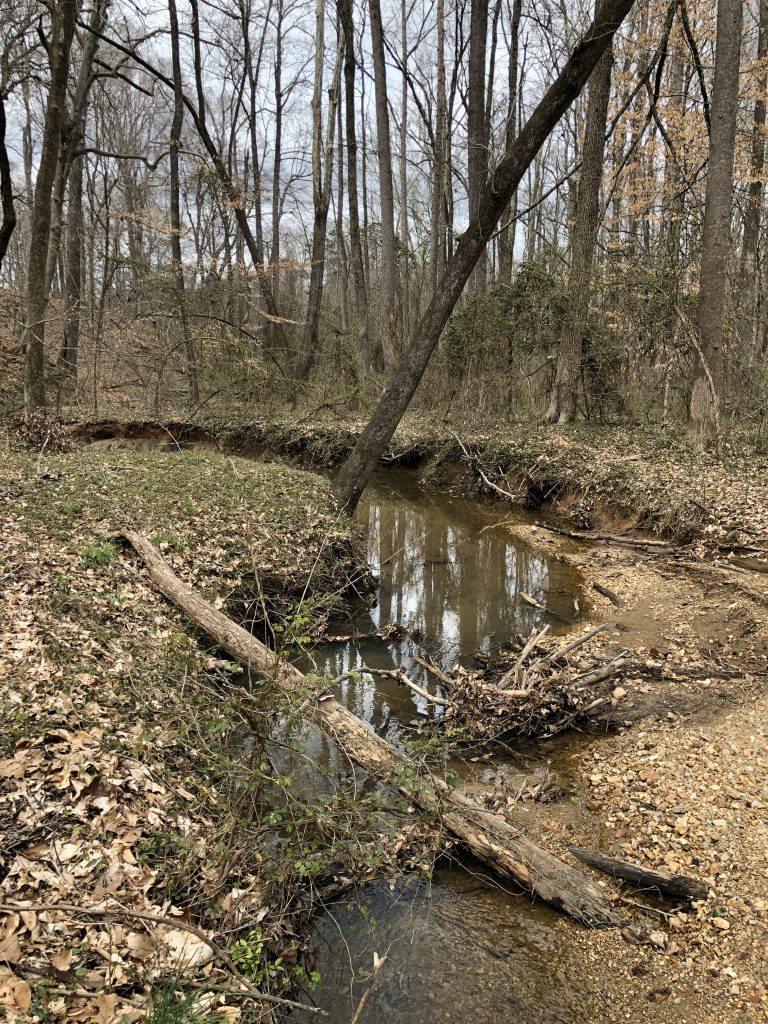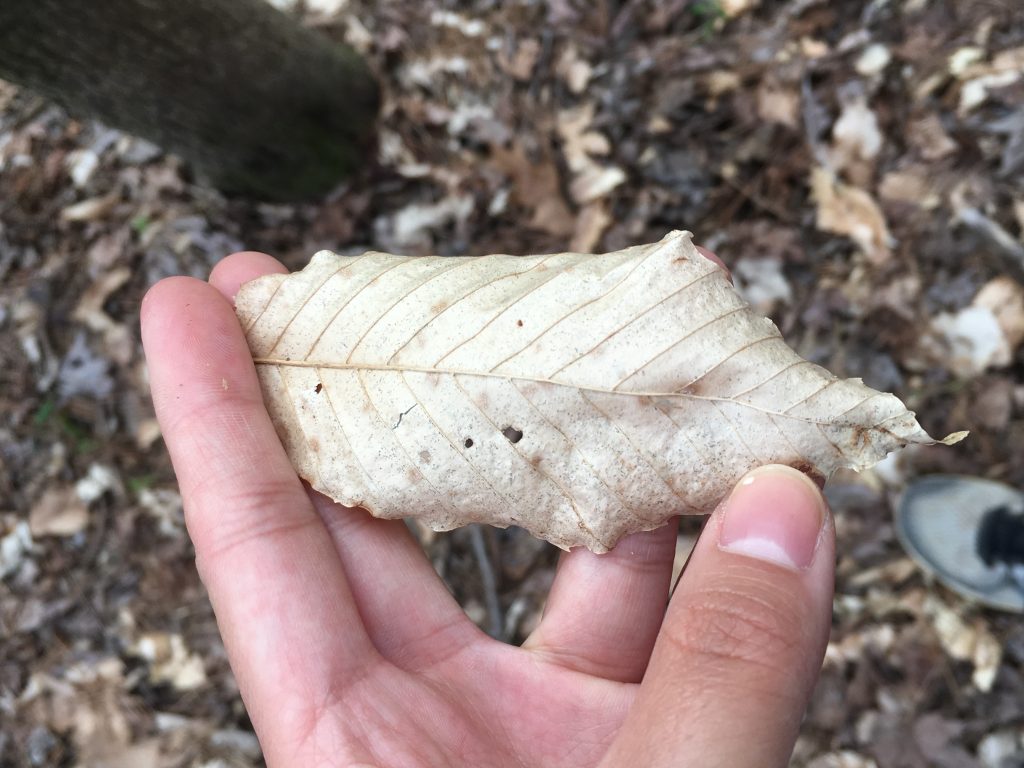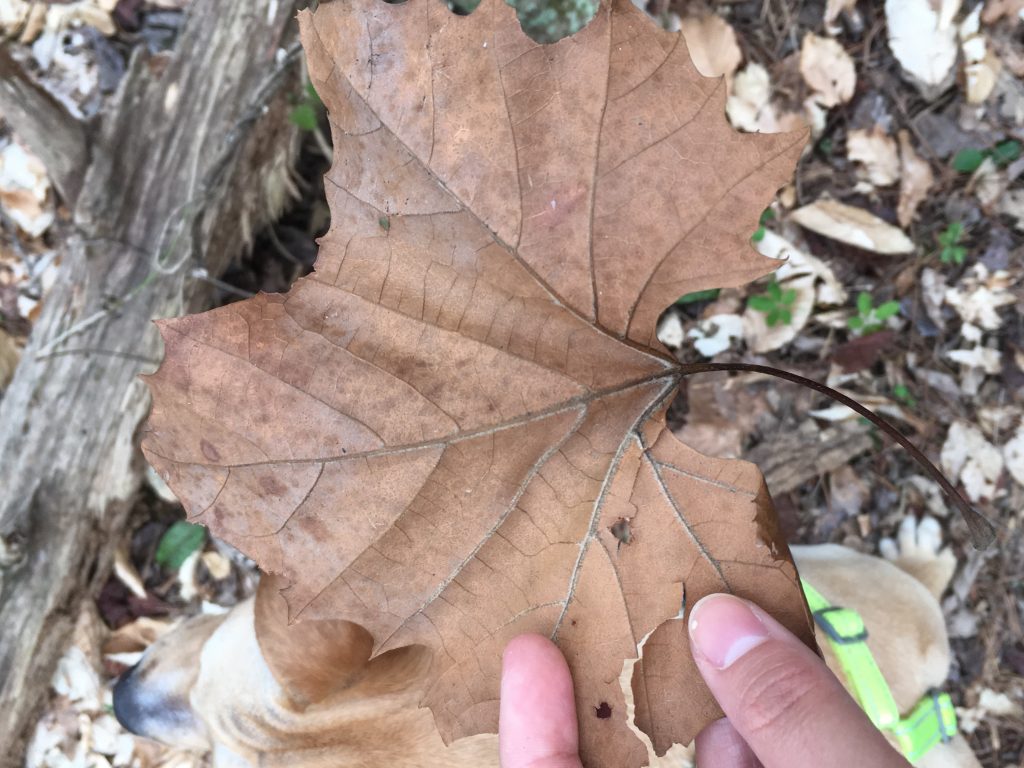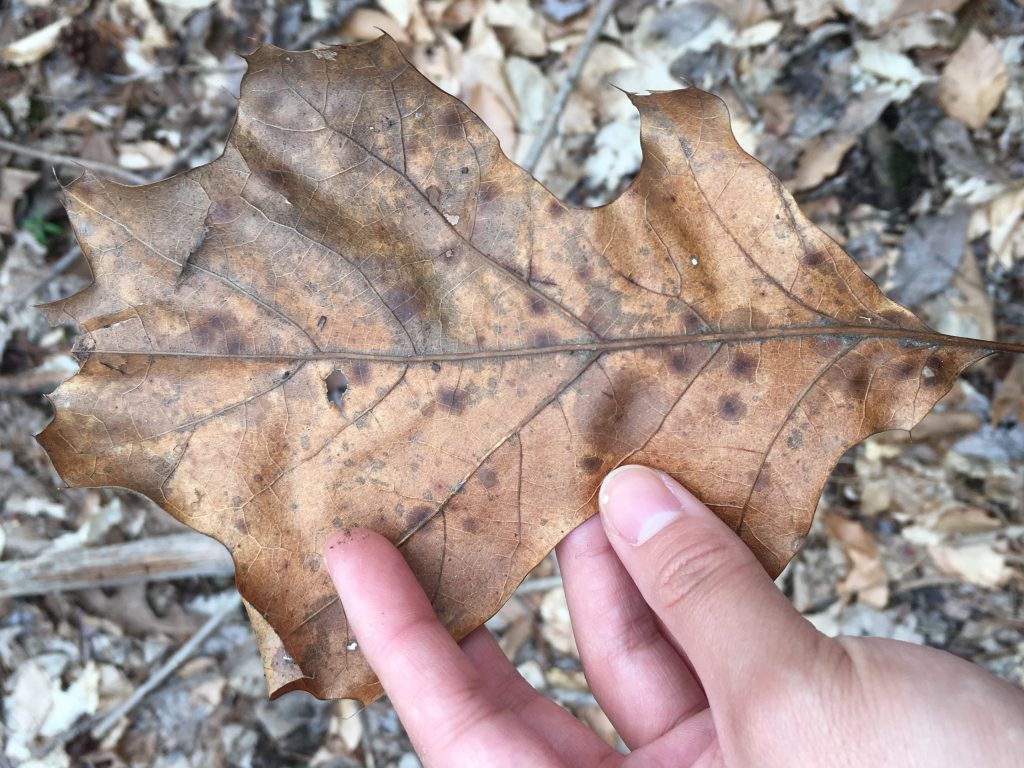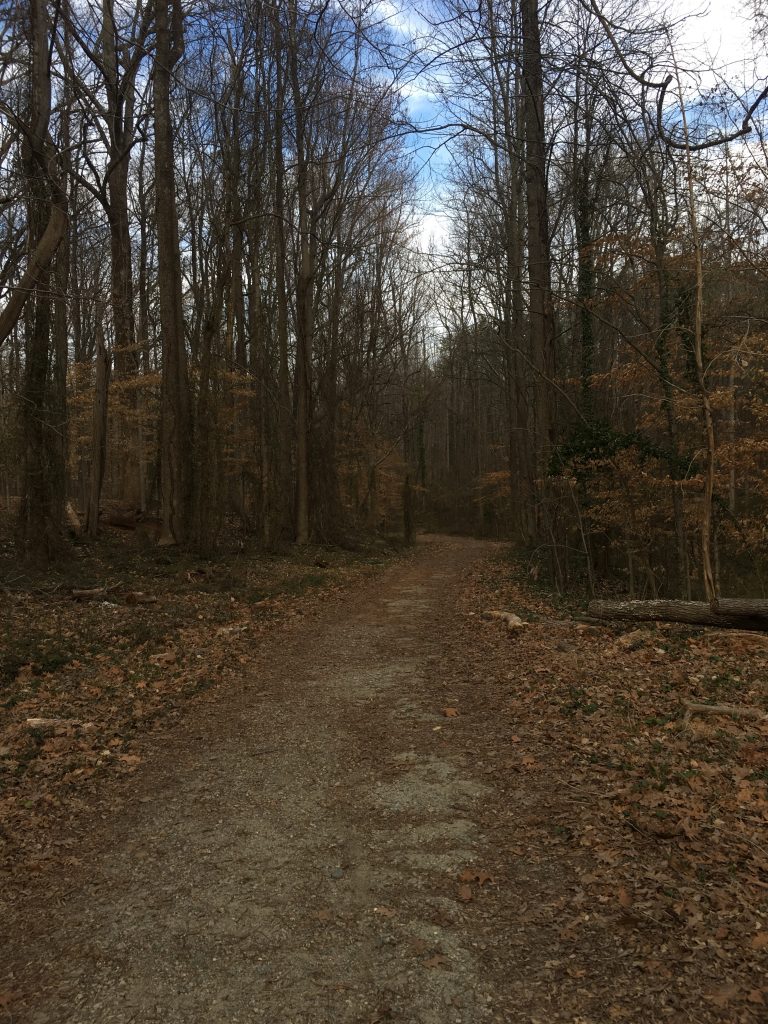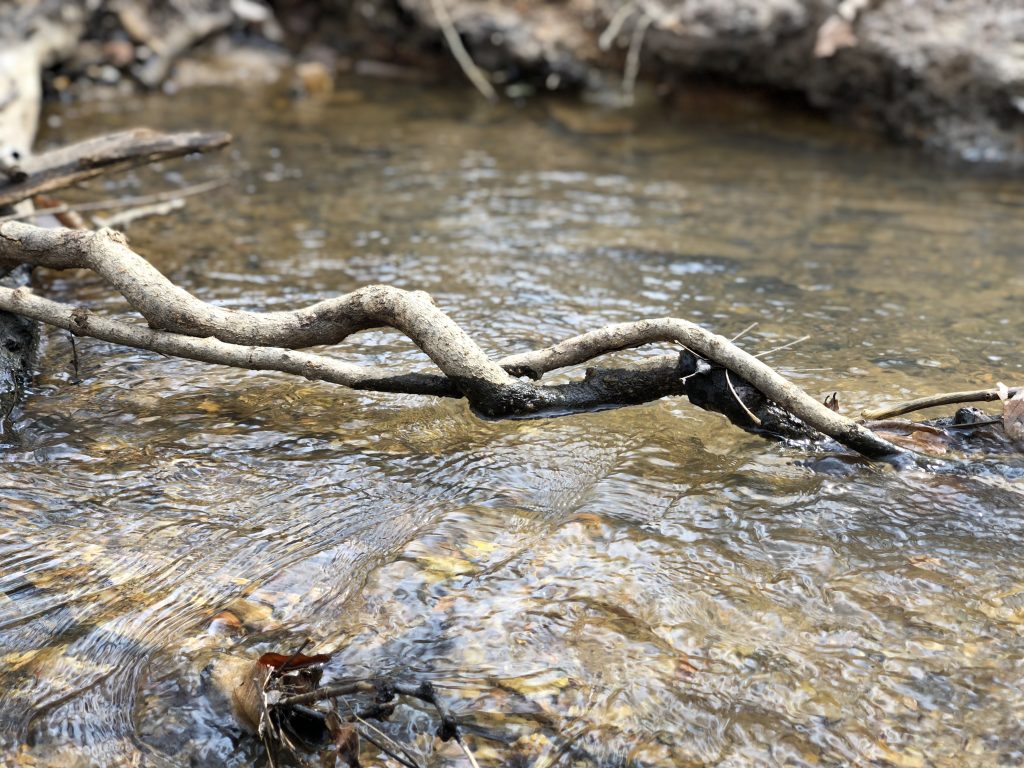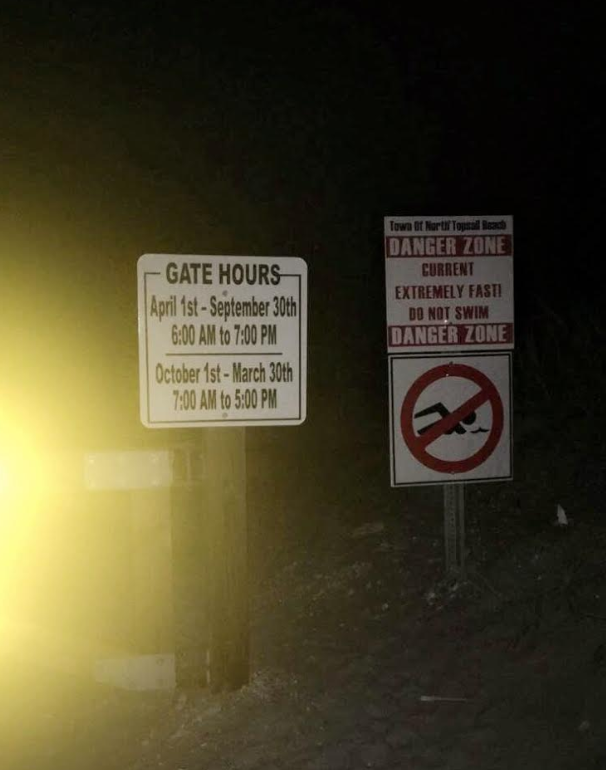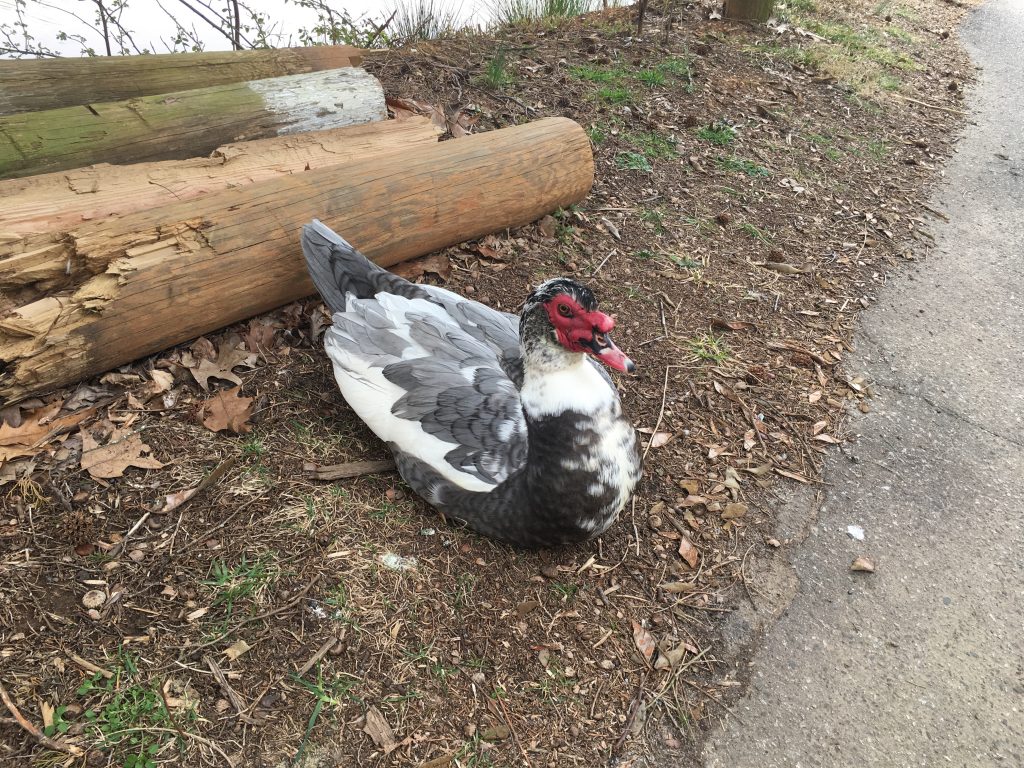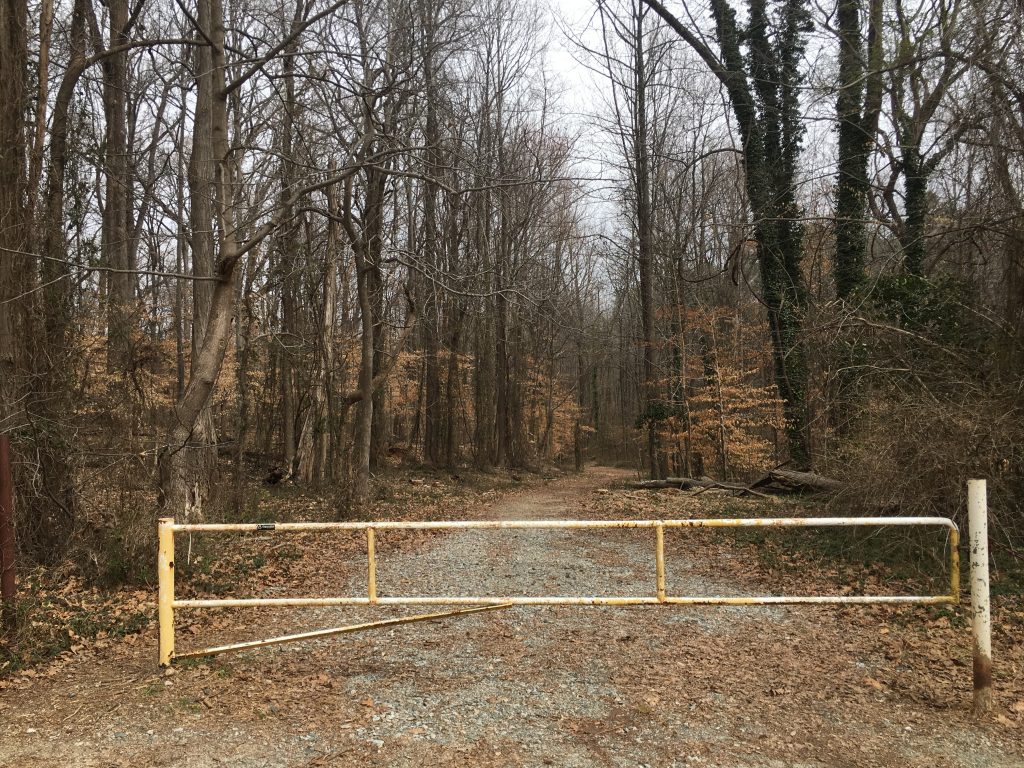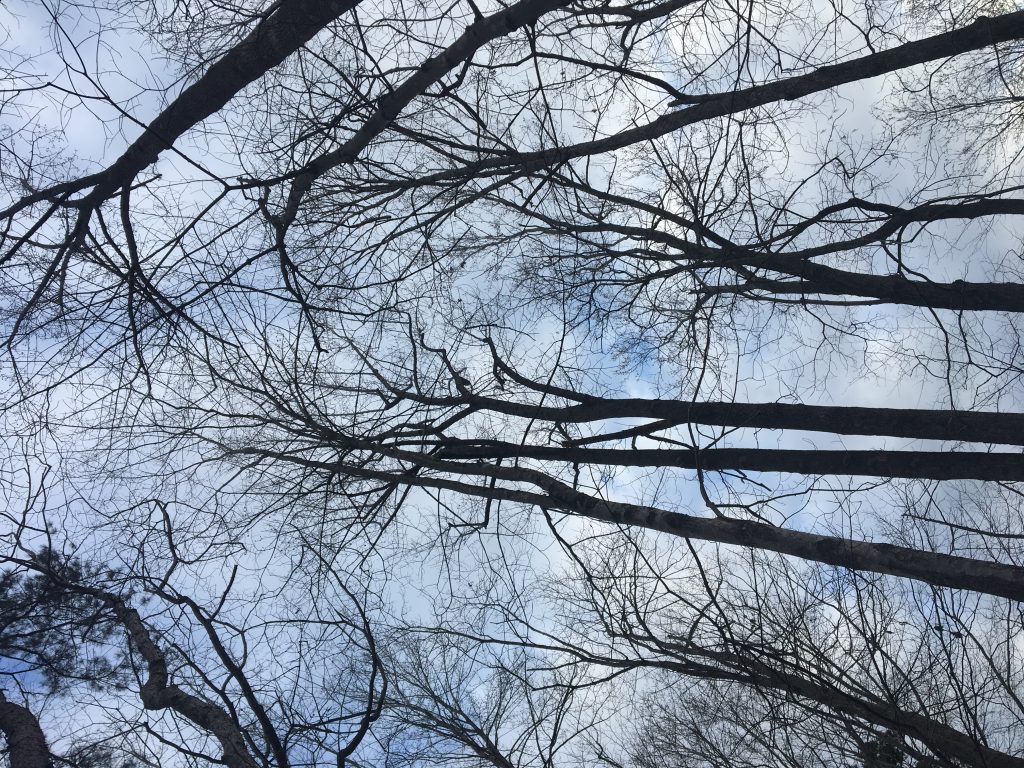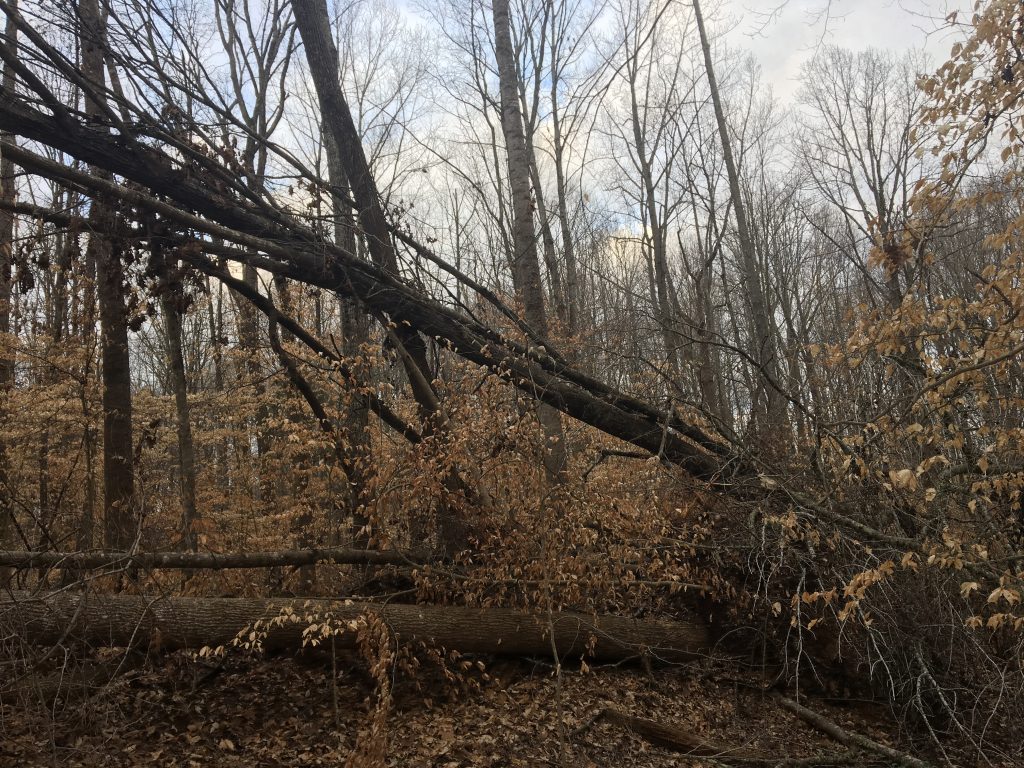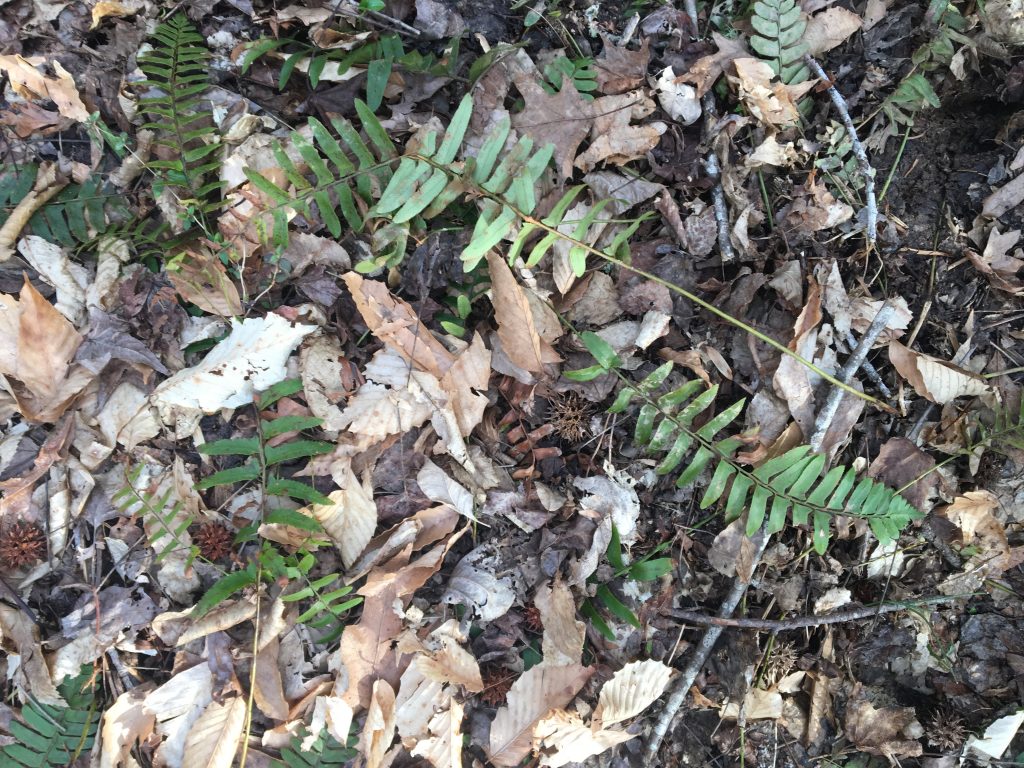After my lab in the beloved 8:30 a.m. time slot came to an end, I was exhausted. The week has been full of preparation for various assessments and major assignments and I decided that I needed a break from all the stress. After dragging my friend on a much-needed coffee run, my caffeinated self saw the beautiful weather and decided that today was the day: I was finally going to go visit the famous Underground Railroad tree. While the trail itself was brief, I will be splitting my observations and research up into three posts.
The craze of midterms and exams have put me in a noticeably more anxious state focused on meeting deadlines and completing assignments, but somehow being outside in the sun helped me forget those worries for a bit. As we trekked along the murky lake and small artificial “beach” it felt like the world opened up just a bit and it became easier to breathe. I felt a cool breeze ripple through the air, creating the perfect break from the warmth of the Sun that served as a reminder that Spring is just around the corner. We even met a yellow-bellied slider, even though it swam away before I could get much of a picture.
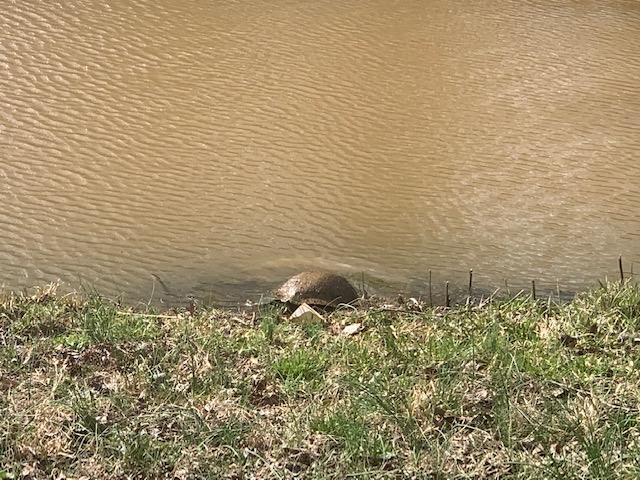
After passing the lake, we began walking alongside the asphalt road towards the clearing further down. It was interesting to see how the natural world blended seamlessly together, with the air, water, and greenery living in perfect harmony, yet this road cut through it all. We followed along until we came across the sign announcing the start of the Underground Railroad Educational trail. The clearing wasn’t particularly striking on its own: it housed the same pines, oak trees, and beech trees I’d noticed on my last walk. We proceeded to continue down the trail, passing several fallen trees, tangled roots, and crunching the dry leaves scattering the ground. I cannot hope to possibly know the story of each tree I found laid to rest in its home. My guess would be a storm of some sort, as some tree still presented charred remains. Even though I was only with one other person, I still felt fully surrounded as all of my senses were presented with the serenity of my surroundings: the bird calls in the air, rustling of leaves, and the sound of small animals occasionally scurrying around.
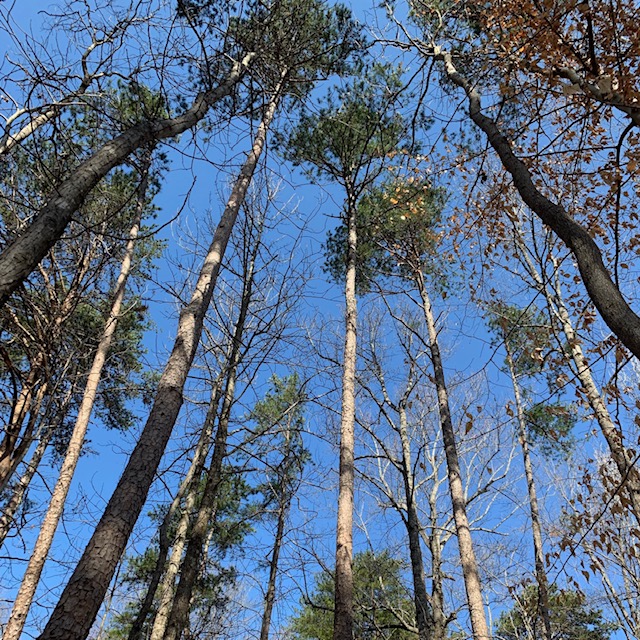
While the trail was easy to follow, the uneven ground kept me on high alert throughout, but also made me pause and consider my location relative to the earth— I was up much higher than the ravine-like formation below but was dwarfed by the pines towering over me. I felt encompassed by the woods, just a small being next to the wonders of the natural world around me. My walk led me to the place I had been seeking: the viewing platform for the Underground Railroad tree. The inviting space provided seating and a helpful QR code that led me to discover a virtual tour as well as resources educating me on the history of this site and the massive Tulip Poplar towering over me (despite the fact that I was on this raised platform). After taking photos and observing, I began to head towards my Spanish class. The journey was a soothing one that gave me a much-needed pause in my chaotic day, and I can’t wait to share more about it!

